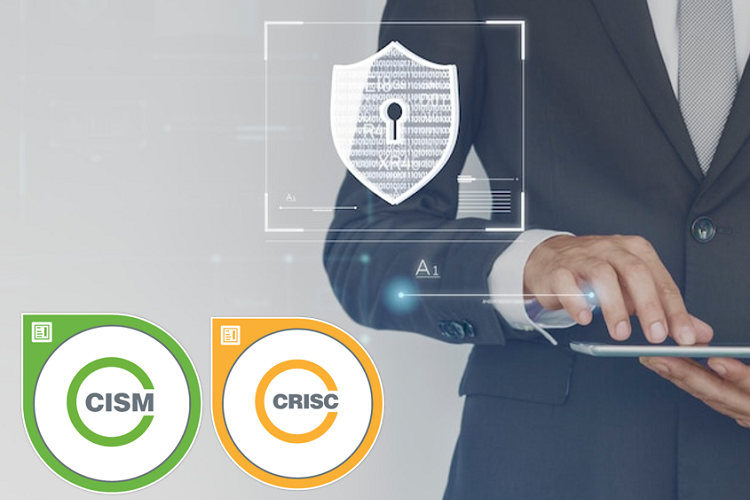Planning for the future can be challenging, especially if it’s about what career path you should take and how to get there. With career education, students can develop the right skills and attitudes through planned programs that assist them in making informed decisions for their careers. It is terrifying to think about what your chosen career will have in store for you.
However, thinking about your career shouldn’t necessarily be a stressful activity. With the right balance of curiosity and a healthy dose of creativity, you can have a fun time with career education.
3 Creative Approaches to Career Education
For students to better navigate the unknown landscape of work, creative approaches to career education such as the following can prove to be helpful:
Explore Multiple Intelligences
Choosing a career based on a single skill or intellectual capability can prove to be inefficient sometimes. Students have been hard-wired to believe that they have to follow a straightforward procedure to help them in career development. However, accepting a non-linear approach can be a mind-opener and help students better understand their skills and capabilities.
By exploring your multiple intelligences, you’ll be in a position to determine your areas of interest. It allows you to seek out your potential skillset, talents, and capabilities to align with your career. Researchers in the education field are optimistic about this approach but are still exploring newer ways to enhance student learning. Most of them are pursuing online academic options that facilitate their academic and research endeavors.
For instance, many educationists are eagerly pursuing online EDD as it develops their research and analytical skills. With such academic credentials, they can better assist students in identifying their multiple intelligences.
Not all humans possess intelligence about every area or subject. However, exploring one’s various intellect unlocks the true potential, letting them pursue a career in line with it.
Using a map worksheet
The conventional approach of teaching students how to select a career path is to ask them to determine where they see themselves in the future. It is easy to know where you want to be in the next ten years, but the real struggle is how you get there. One way to help students understand how they can plan to reach their career goals is by making them work on a career map worksheet. This worksheet consists of a starting point and an endpoint along with checkpoints in between. These checkpoints consist of various information that students can fill in.
The students can first fill in where they are starting (e.g., high school, college) and where they want to end up (e.g., lawyer, painter). This way, it helps the student fill the steps of the career journey. It may consist of questions such as what opportunities the career choice offers, what qualifications are required. Also, which are the best institutes to get the relevant education, what grades they need, etc. Working their way down to their ultimate goal helps the student be realistic and focused about the career journey.
Career exploration through creative thinking
Learning through creative activities is a great way to encourage self-reflective skills in students planning to choose a career path. Creativity is all about coming up with innovative ideas and dealing with the unknown. It is safe to say that applying an artistic mindset to career education helps the students better manage career expectations. That is why students can take advantage of different creative learning activities as they facilitate career exploration. There are many options that teachers can deploy in the classroom, which can include storyboarding, video making, collaborative drawing, creative writing, and more. One particular activity proving to be rewarding and meaningful is creating dioramas for a literal representation of the work environments. Students can make these dioramas to identify the characteristics of their preferred career choice and workplace setting. Students must gain insight into what they should expect from their career journey.
Why is career education important?
High-quality career education is an essential part of preparing young students for the future. Career education is a way of helping young students to develop the right attitude towards their preferred career paths. The critical function of career education is to prepare students for a smooth transition towards their future career path. The approach of career education is to inspire students into believing that careers are constructed through a series of choices rather than simply being ‘chosen.’
It assists individuals in understanding the realities of occupational choices and their effects through educational training. Career education supports:
- Students’ achievements
- Students’ aspirations, interests, and strengths
- Students making informed decisions about their future
Conclusion:
The significant role of career education is to assist students in making informed choices about their chosen careers and to have an optimistic outlook. Nowadays, new creative approaches are being taken towards career education to inspire students to explore unconventional opportunities. Creative thinking and determining multiple intelligences are essential for mapping the nature of jobs and work. Therefore, students must pay more attention to the career journey and the checkpoints they have to pass rather than the final destination. These creative approaches help students in designing their preferred work environment and then working towards it.




